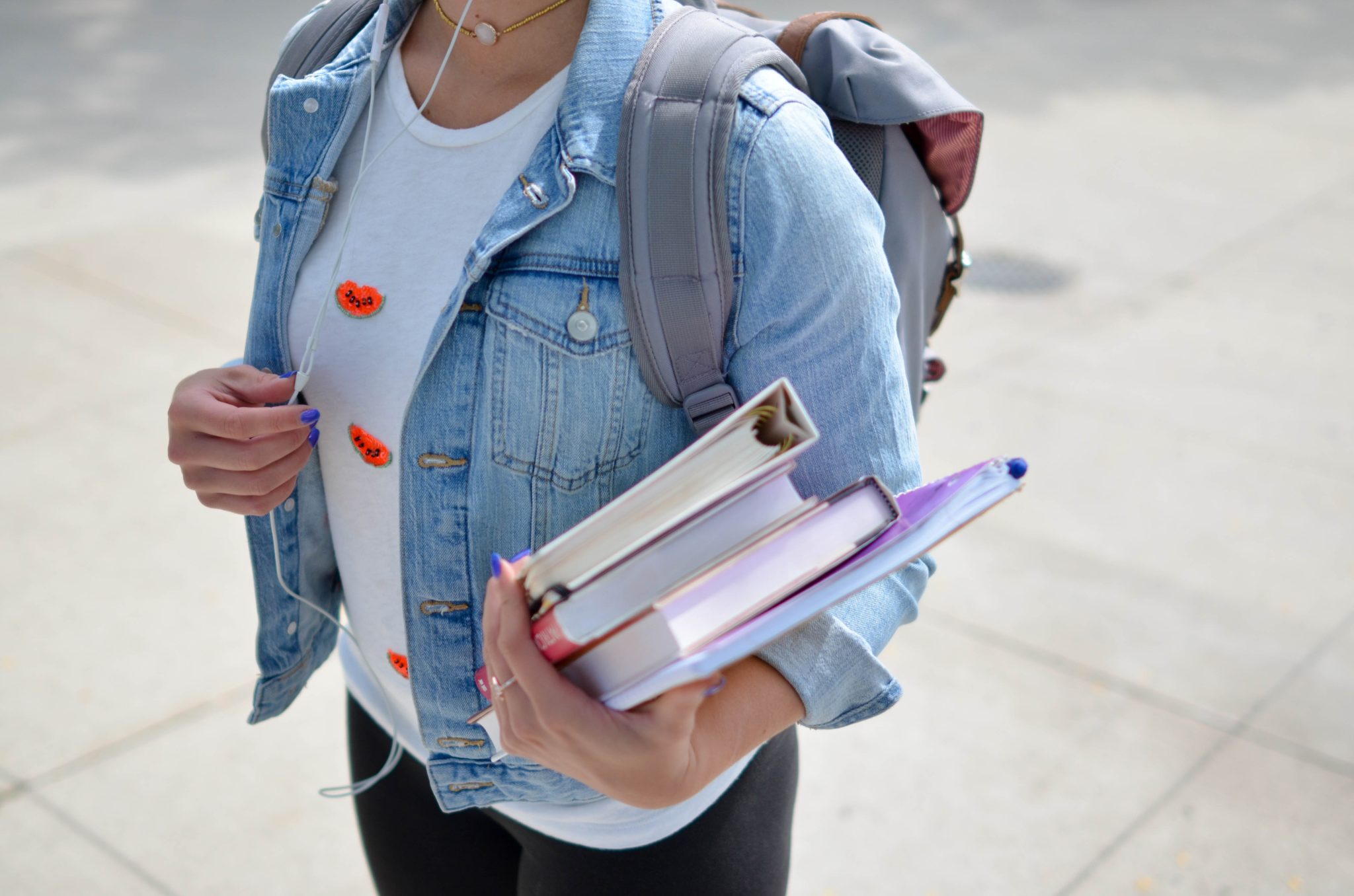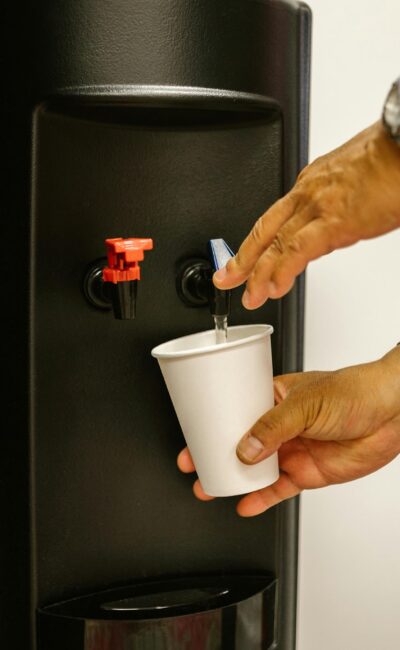2020 was not a kind year for anyone, with every industry feeling the negative effects of Covid-19, including schools. Throughout 2020, coronavirus led to many school closures for prevention purposes. Now that there is a Covid-19 vaccination, the school year is starting to look brighter. While many schools are shifting from remote learning to in-person learning, there is still some hesitation among school administrators and educators around the country.
As we enter a new year with renewed hope for increased stability and a return to a steadier path, there are several key factors guided by the U.S. Department of Education to reopen schools safely and effectively in order to provide a safe environment for students, educators, and faculty. There are no guarantees of what to expect moving forward, but there are a few ways to help make the new year feel a little more manageable with a strong school reopening 2021 strategy.
General Guidelines for Reopening Schools
The Centers for Disease Control (CDC) outlines specific indicators that affect guidelines for reopening schools, which those in leadership use to make decisions and apply to their districts to help protect students, teachers, and staff, and slow the spread of Covid-19 so schools can safely reopen and remain open.
These guidelines coincide with the U.S. Department of Education’s Return to School Roadmap, which includes key pillars, such as prioritizing the health and safety of students, school personnel, and families and supporting students’ social, emotional, and mental health.
In general, schools must follow directives within their state, county, and school district in regards to the pandemic. These are guided by current data and predictions for upcoming Covid-19 cases as well, which means change can occur at any moment. Keeping students and their parents informed with up-to-date information is the best way to ensure everyone is aligned on expectations before returning to the classroom.
By improving communication and guidance among teachers, staff, parents, and children, a school system will be able to quickly adapt should a breakout occur or coronavirus worsens.
Prioritize the Health and Safety of All
In-school safety measures to mitigate the spread of infection include wearing masks, physical distancing as best as possible, and cleaning and disinfecting surfaces often by school staff members. This is in addition to the regular habit of washing hands and using hand sanitizer, plus working with the health department with regards to contact tracing.
Additionally, making vaccinations accessible through community partnerships and designated stations are part of what will help to build immunity against Covid-19 and slow its spread.
Facility Updates and Sanitization Protocols
When welcoming students back to the classrooms, administrators and school staff should take recommended actions of updating the ventilation system, flushing the water systems, and promoting contactless interaction as much as possible.
School administrators can seek relief through the CARES Act and American Rescue Plan which offers funding for school facility repairs, including facility expansion, particularly ventilation systems, replacing lead pipes, and purchasing PPE and supplies necessary to clean and sanitize schools.
Amenities, such as water fountains, should be temporarily shut down or replaced with a zero-contact water station option instead. There are typically several different types of contaminants in drinking water when the source is not filtered properly. Shared water fountains are notorious for the spread of germs and buildup of grime and don’t provide a purified water option for students and faculty.
Conversely, there are many filtered water benefits, especially when it comes to the health of a student. The school district must make sure they are providing clean and safe drinking water throughout all campuses. Investing in FloWater’s Refill Station means everyone can have access to cool, purified water on-demand with the use of a one-touch fill button or a zero-contact foot pedal in order to dispense water quickly and keep kids hydrated at school.
Health Education and Vaccination for Students, Teachers, and Staff
It’s also important for administrators to educate teachers, staff, and families about when to stay home to prevent the spread of germs to others and when isolation is necessary to separate those infected with Covid-19 from those who aren’t. Knowing the signs and symptoms of Covid-19 and what to do when someone falls ill is a key part of a reopening strategy.
To prevent having to shut down the entire school, it’s best to isolate those affected and perform contract tracing in collaboration with the health department. Encourage students to stay at home if they have symptoms or have been exposed to someone who’s tested positive for Covid-19.
Additionally, part of the school reopening 2021 strategy is prioritizing the health and safety for all by encouraging and providing access to vaccinations for those who are eligible. Currently, children ages 12 and older are eligible to receive the Covid-19 vaccine. School administrators and educators can launch pop-up, school-based vaccine clinics to handle appointment scheduling and vaccine administration to make it easy and convenient for those eligible to become vaccinated.
In addition to spacing and disinfecting furniture, social distancing, and wearing masks, the CDC also recommends changes to school transportation, food services, and those with special healthcare needs and disabilities. When creating guidelines for reopening schools, all student needs must be accounted for and considered when making plans and preparing alternatives for those who may request or require them. Everyone wants to return to school full-time and enjoy the environment of being among classmates and friends, but it can only be done when the right measures are in place.
Support for Students’ Social, Emotional, and Mental Health
Another important part in addressing the school reopening strategy 2021 requires is support for students’ mental well-being. The U.S. Department of Education recommends creating a foundation that includes investing in professional development for educators and staff to address social, emotional, and mental health needs of students. It also focuses on investing in school counselors and mental health professionals in school, as well as extracurricular opportunities to build school communities.
With students subjected to remote learning for the greater part of 2020 and into 2021, the transition to in-person requires attention to their personal development, as well as their educational growth. It’s also essential to ensure restorative, equitable, and inclusive approaches to creating this type of support for all students.
When it comes to guidelines for reopening schools, it’s up to everyone to work together, although school administrators shoulder the responsibility of providing a healthy environment. This includes operations that follow stringent cleaning and sanitizing protocols. Plus, providing greater opportunity for contactless interaction, through zero-touch water refill stations, a steady supply of masks and gloves, and access to mental health resources to help move forward in a safe manner.
Making Data-Driven Decisions
With the proper precautions in place, if schools have a low risk of transmission, the guidelines for reopening schools can follow a normal classroom schedule of in-person instruction learning. The Centers for Disease Control (CDC) outlines specific indicators that affect guidelines for reopening schools, which those in leadership use to make decisions and apply to their districts to ensure that the public health is being protected.
Core data includes the number of new cases per 100,000 persons within the last 14 days and/or percentage of Covid-10 positive tests during the last 14 days. These numbers indicate how much of the community is affected and gauges the likelihood of spread. The CDC points out these measurements are meant to be used as a guiding point, rather than a hard and fast rule for school administrators.
Schools that fall within the core data indicators should not necessarily refrain from their current reopening strategies, but rather be mindful of the mitigation measures and have a contingency plan in place should the school or district experience an outbreak. Case numbers that are fewer than five per 100,000 people within the last 14 days plus implementation of mitigation best practices represent the lowest risk of transmission in schools.
Many schools have already experimented with a hybrid model of learning that involves in-person and remote instruction on alternate days, which may be the easiest backup reopening plan for the time being.
What to Expect for the 2021/2022 School Year
Everyone is hopeful for a new school year and the changes it brings, particularly with the progress made toward reopening schools and keeping the community at large as safe as possible. Many of the guidelines and best practices will continue to be in effect through 2021 and may continue indefinitely as heightened cleaning and sanitization best practices.
As schools move forward with caution and welcome students back, both preparedness and the ability to pivot are essential. Continuing to encourage hand washing, using sanitizer, and wearing masks will be part of the new school year, as well as social distancing as much as possible. It also will take time for students to readjust to in-person learning and overcoming the confines of being at home for such a long stretch of time and returning to regular social interactions.
With so much information changing on a regular basis, it’s imperative to keep students and parents informed of changes and the reasons behind the decisions. Providing support to those who may need extra assistance after studying remotely or may benefit from mental health services is an important part of the plan going into 2021 as well. Everyone has weathered this experience in a different way and may take time to adjust fully.
There’s still a learning curve as to what comes next, but by following guidelines set by health officials and using data to make decisions, it’ll help guide the process more smoothly. Moving forward cautiously, but optimistically is the best route heading into a new phase.
Sources:
https://www.cdc.gov/coronavirus/2019-ncov/community/schools-childcare/operation-strategy.html?
https://sites.ed.gov/roadmap/landmark1/





